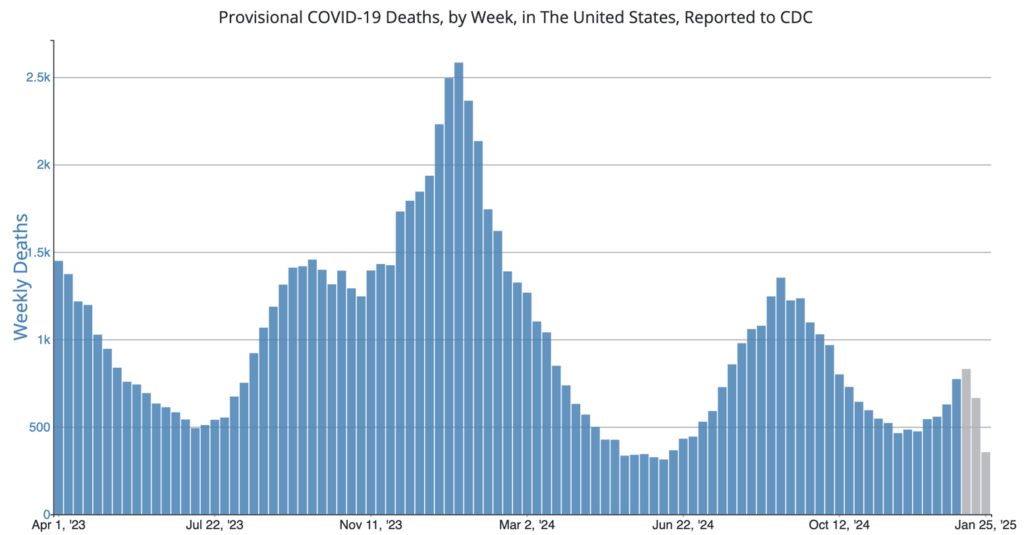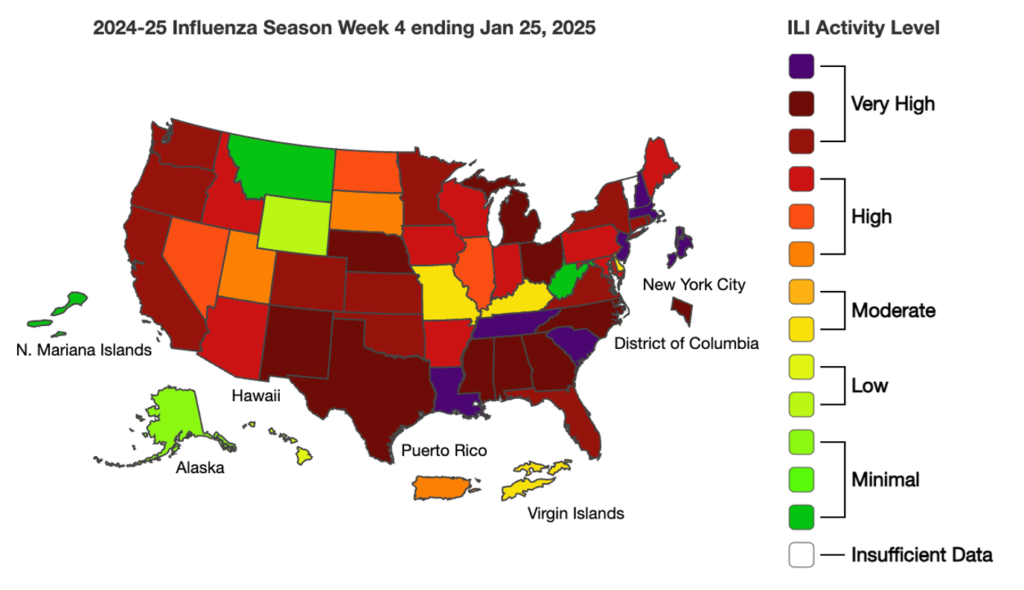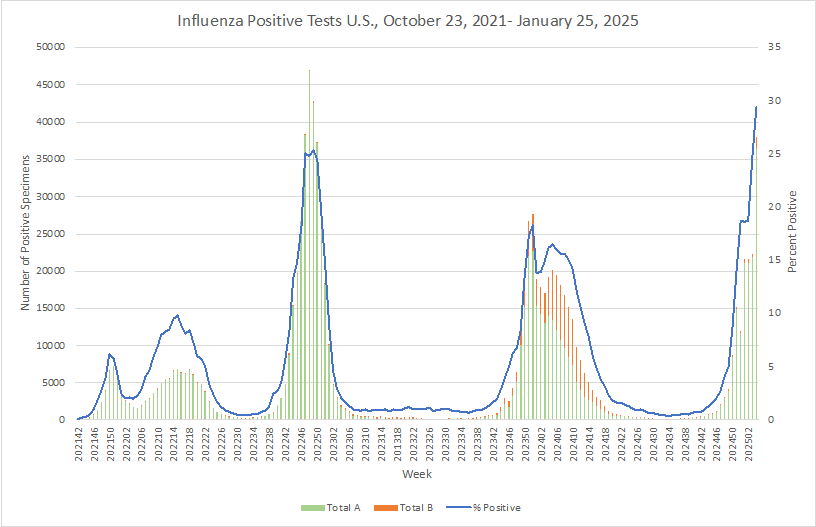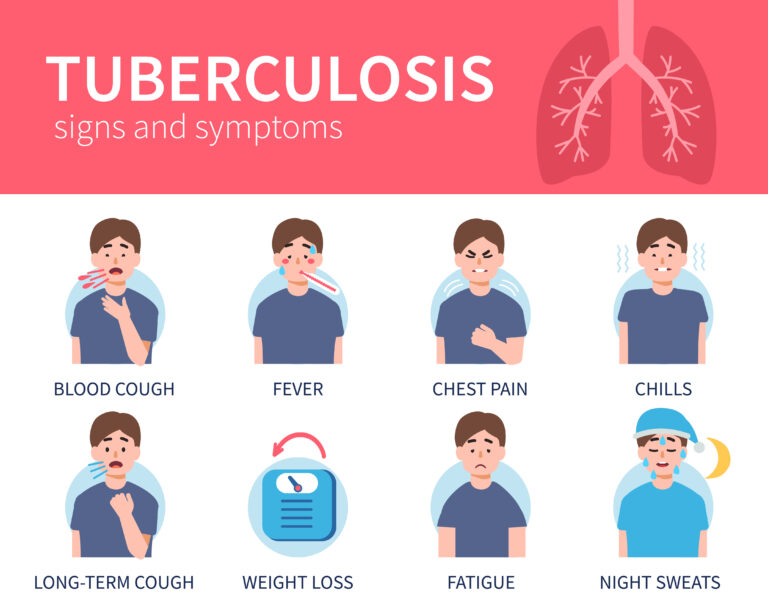In what is being called the largest documented tuberculosis (TB) outbreak on record in the U.S., the Kansas Department of Health and Environment (KDHE), with support from the CDC and local health departments, has been responding to an outbreak of TB in the Kansas City, Kan. Metropolitan area since January 2024. At least 146 people have been diagnosed with the disease, with 67 confirmed cases of active TB and two reported deaths associated with the outbreak.
Active TB case counts include all individuals diagnosed with confirmed active TB associated with the current outbreak. Even once a person completes the full course of treatment, cases are still classified as active, but they are considered cured or successfully treated and cannot spread TB to others.
Although the outbreak is larger than normal for Kansas, KDHE has stated that there is a very low risk of infection to the general public even in the metro area, as the agency is conducting case investigation and contact tracing to identify individuals who may have been exposed and follow-up to ensure individuals are being tested and treated to limit the transmissibility. In this current outbreak, no reports of drug-resistant TB have been identified.
Because TB is transmitted person-to-person through the air, but not by casual contact like hugging, shaking hands, or brief encounters, it is not as easily spread as COVID-19, the flu, or measles. Rather, it generally requires prolonged close contact.
It is interesting to note that while the KDHE communications director stated that the current outbreak is the largest documented outbreak since CDC began monitoring and reporting cases in the ’50s, the agency’s website states (in bold letters) “It is important to note that this outbreak is ongoing and, therefore, cannot be compared to previous TB epidemics or outbreaks that have been tracked over many years and/or have been declared over.”
Additionally, not everyone infected with TB bacteria becomes sick. Rather, one can also have latent, inactive, TB (for which 158 cases have been confirmed) which can be treated to prevent the development of TB. Additionally, those with latent TB cannot transmit it to others.
KDHE provides the following recommendations for anyone who thinks they may have been exposed:
- Monitor for symptoms including a productive cough that lasts more than 3 weeks, chest pain, fever, night sweats, chills, loss of appetite, and weight loss.
- Get tested, then follow any prescribed treatments, precautions, or appointments. Early detection can help prevent its spread and treatment is highly effective.
- Wash your hands regularly and follow coughing/sneezing etiquette, such as coughing or sneezing into a tissue or the inside of the elbow.
- Stay home and consult a healthcare provider if you or anyone in your household is feeling unwell or showing symptoms of TB.
- Open windows and use fans to increase the ventilation in your home if someone in your household has symptoms or has been diagnosed with TB.
For more information, visit the KDHE Alert page or view TAG’s Tuberculosis Fact Sheet.
COVID Risk Matrix:

Influenza:


Infectious Disease News:
- A nurse in Kampala, Uganda, and his wife died after testing positive for Sudan Ebola, according to a WHO bulletin, in the first recorded fatality since the last outbreak in 2022. Contact tracing, including more than 100 healthcare workers, is underway.
- A meta-analysis investigated co-infection of SARS-CoV-2 and influenza A/B among patients with COVID-19. Results showed that prevalence of influenza in co-infected patients at 95% confidence interval using a random effect model was 14% (95% CI: 8–20%). The review suggests that measures such as vaccination should be done to reduce the overall severity of disease.
- A Legionella outbreak at a care home in Vermont has infected 6 people; 1 of whom has died. Investigation of their water system is ongoing to determine what enhanced protections might be recommended.
- Canada’s chief public health officer, Dr. Theresa Tam, has warned of rising measles cases in the country, with recent outbreaks in Quebec and Ontario linked to international travel. Most cases are in unvaccinated individuals, raising concerns about low immunization rates. Measles spreads easily and can cause severe complications, but two vaccine doses are nearly 100% effective. Canada saw 172 measles cases in 2024, the highest in nearly a decade.
- Researchers have discovered a new virus, called the Camp Hill virus, in shrews in Alabama, marking the first known henipavirus in North America. Henipaviruses are zoonotic, meaning they can spread from animals to humans, and some strains—such as the Hendra and Nipah viruses—have had high fatality rates in other parts of the world. Scientists note that a similar virus, Langya, has previously been transmitted from shrews to humans in China, raising concerns about potential human infection. While there is no evidence yet that Camp Hill virus can infect humans, researchers say there is need for further study and plans to develop vaccines to protect against this virus family. For more information on this virus, please refer to the following CDC resource, here.





